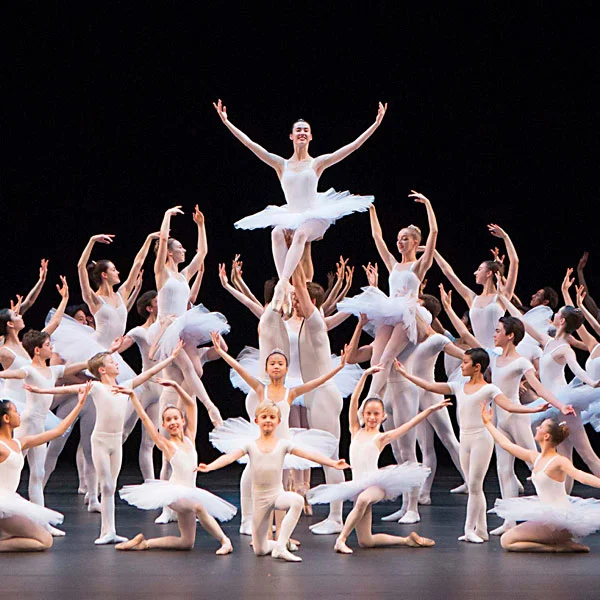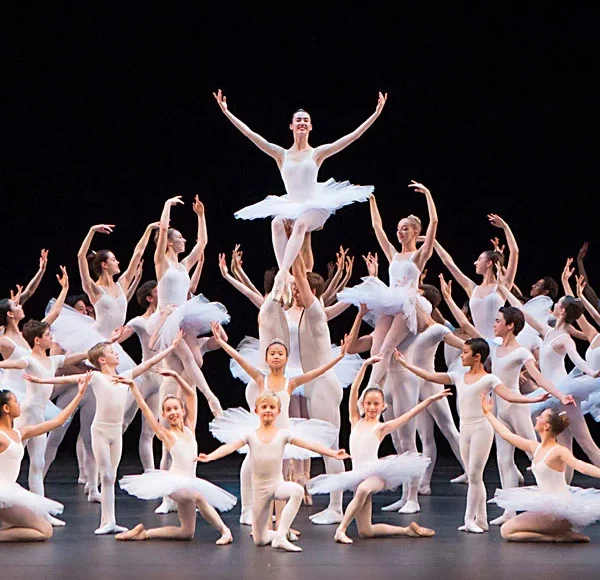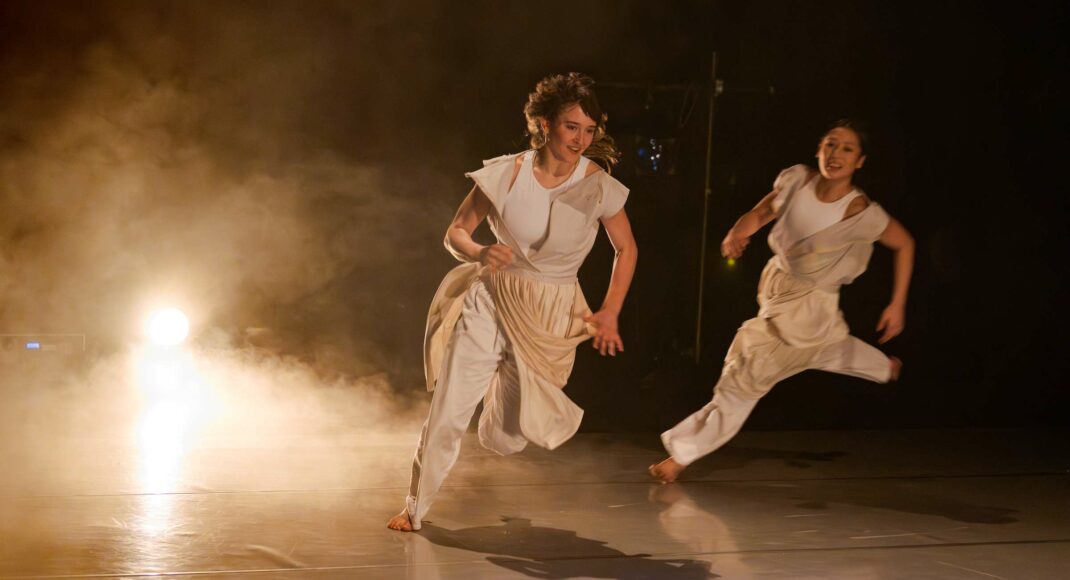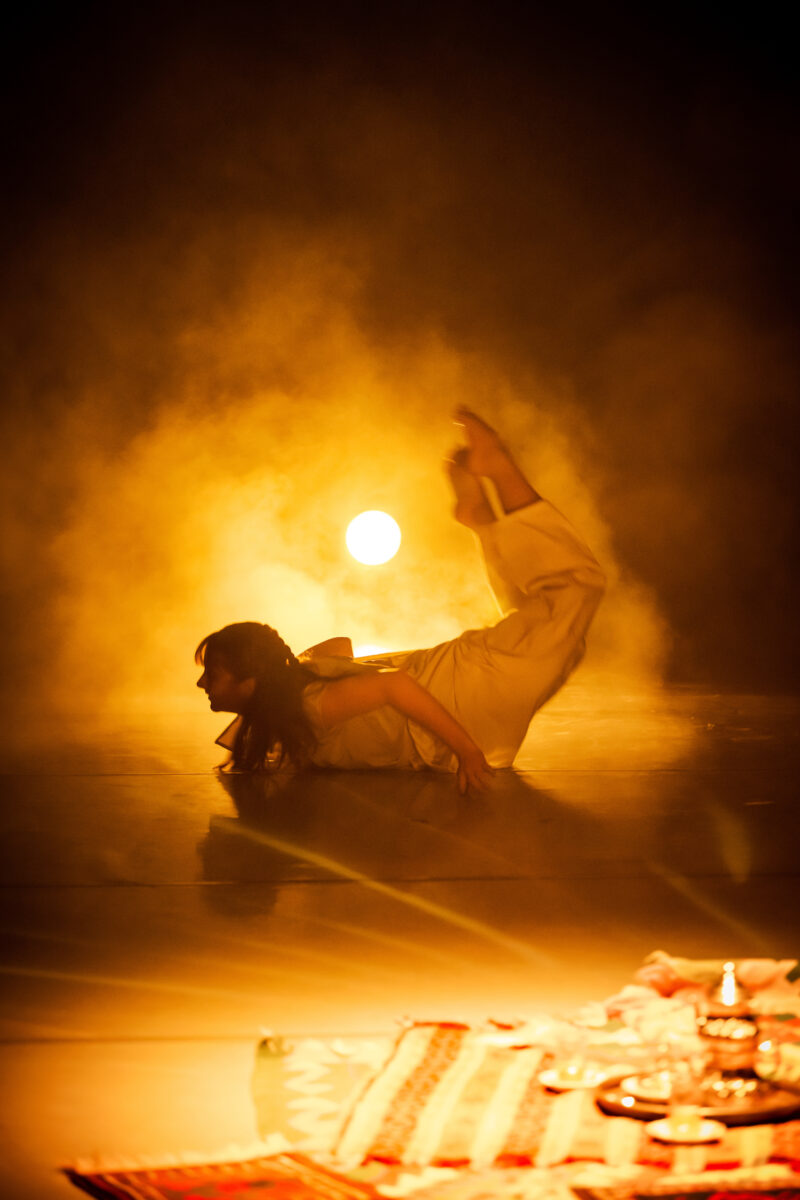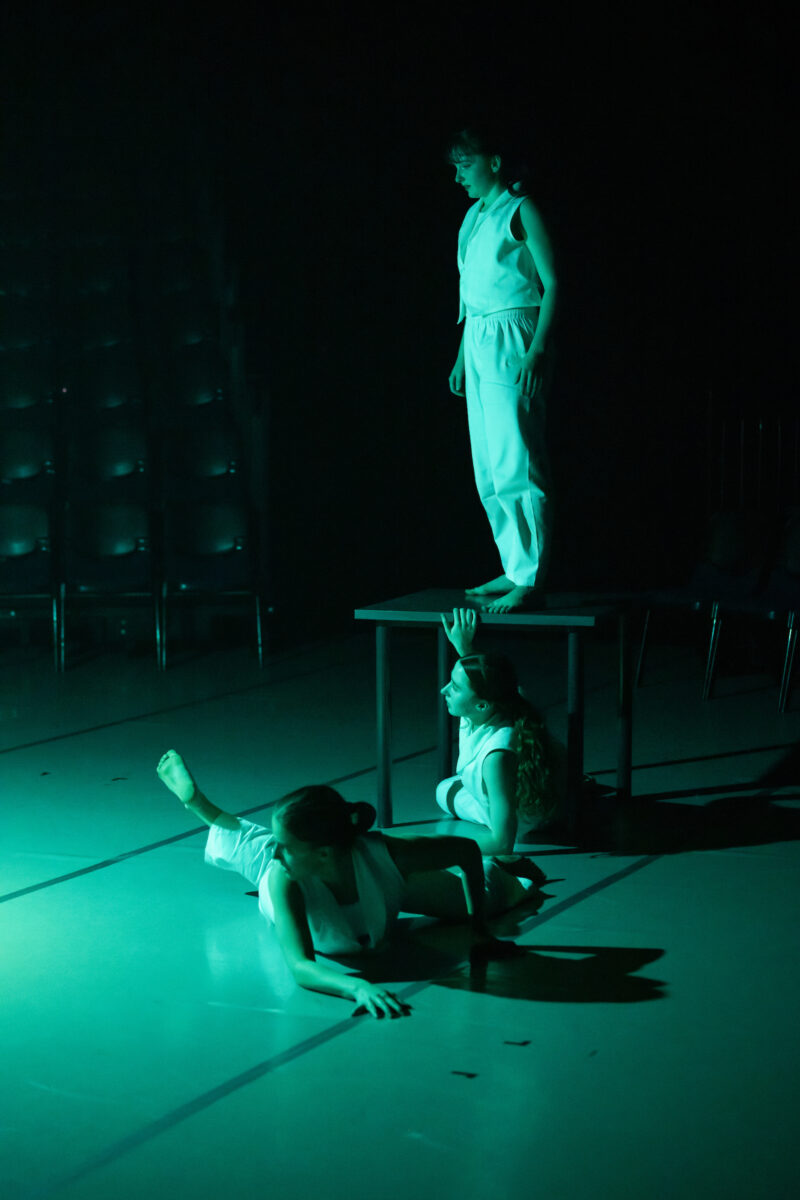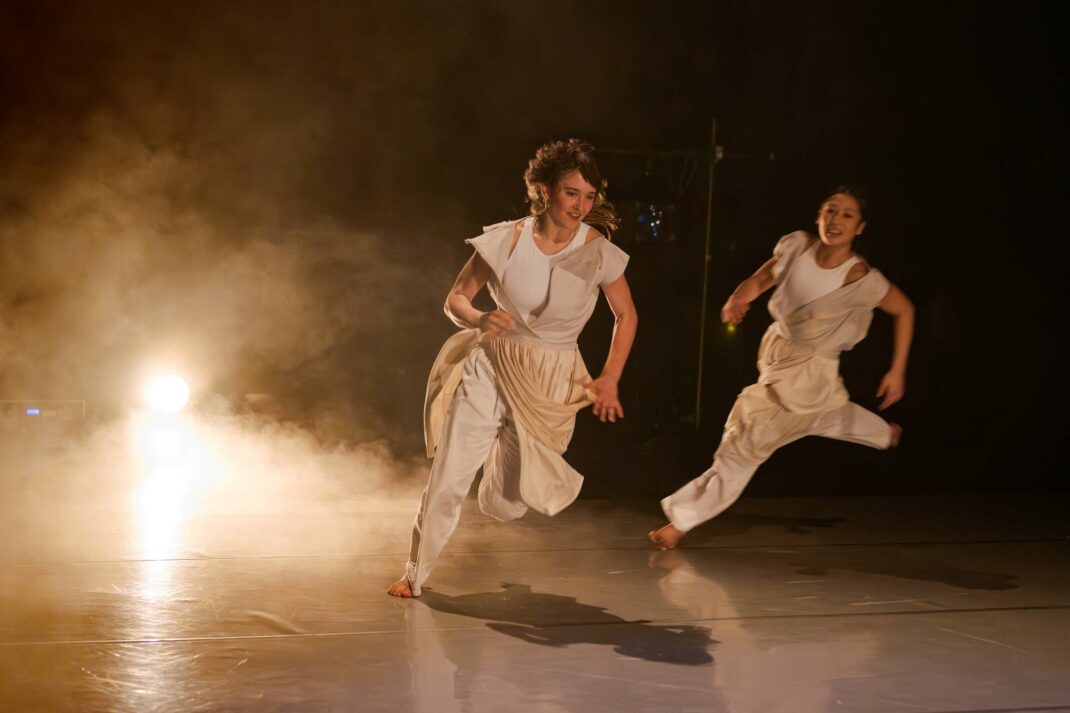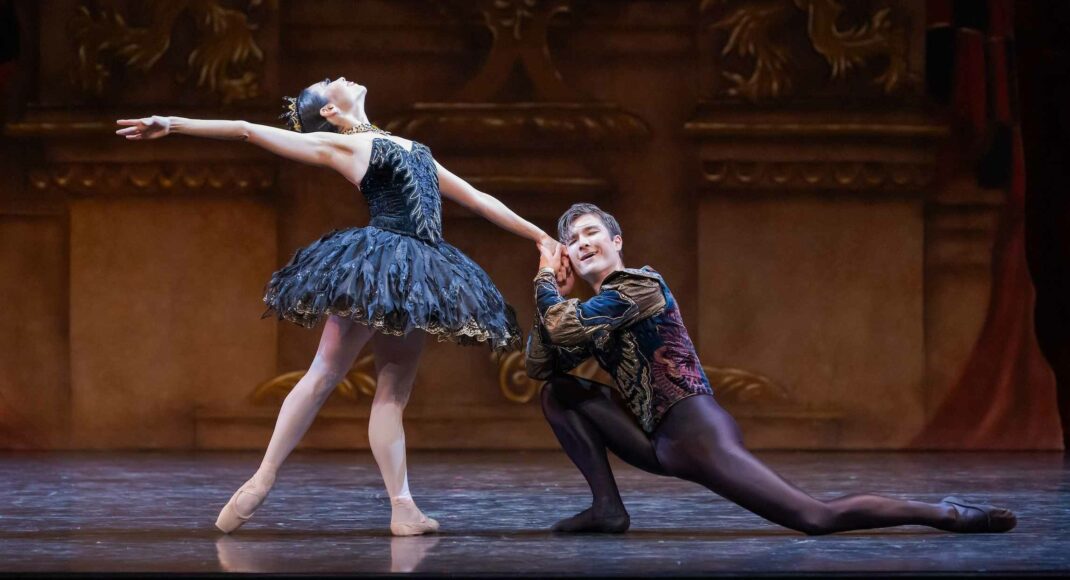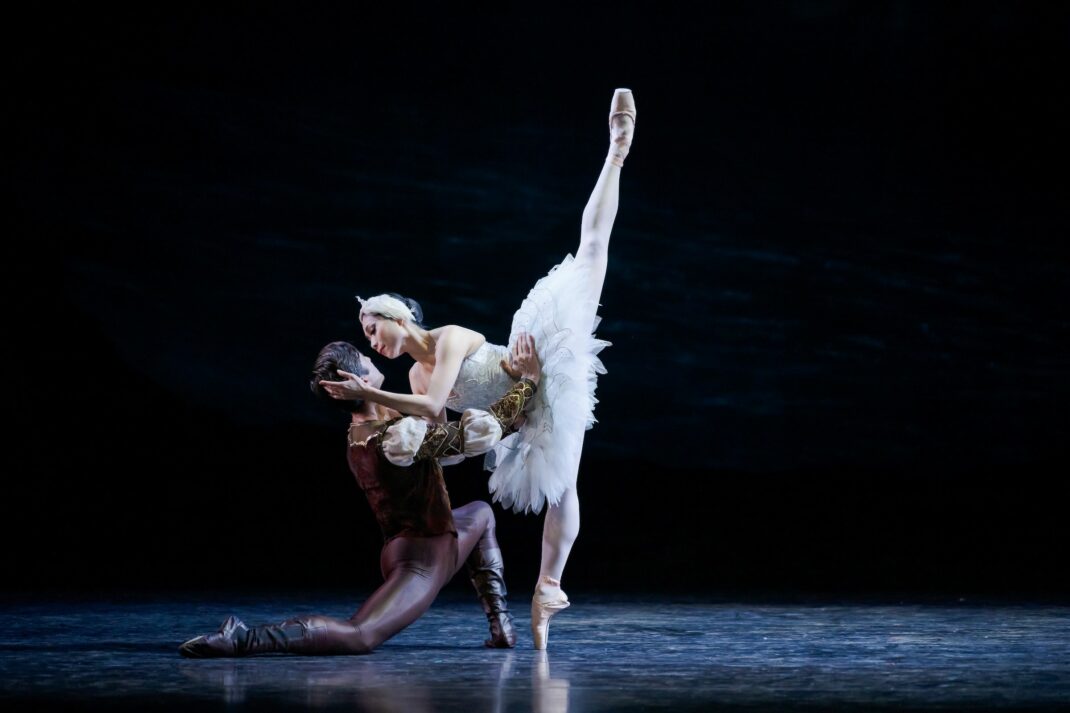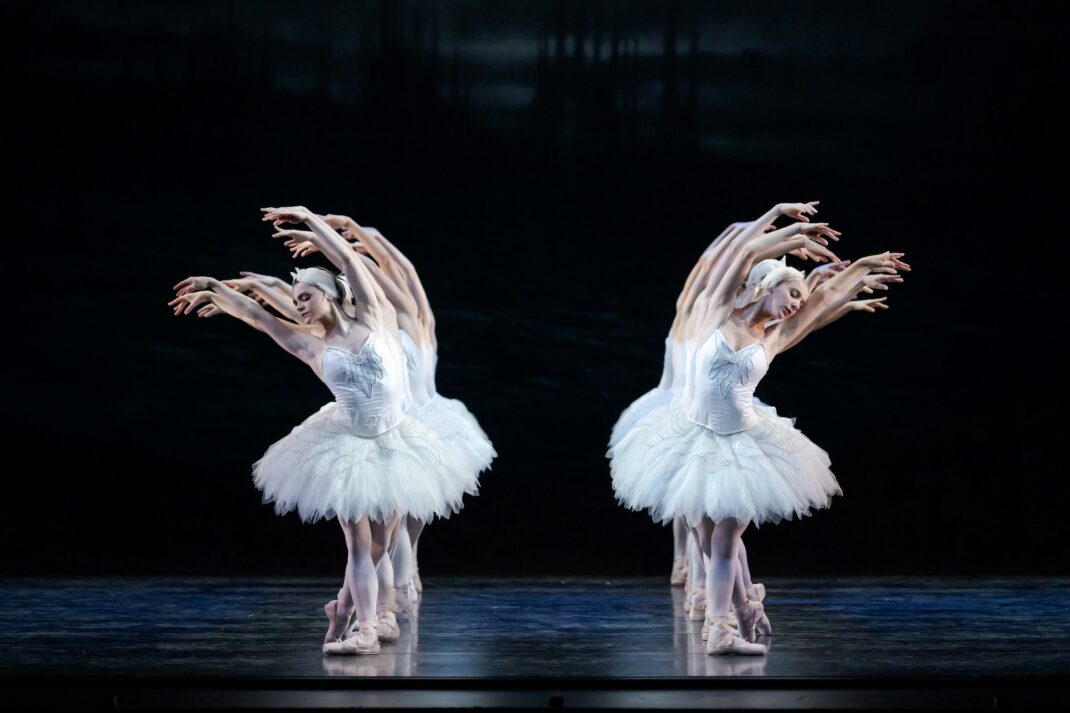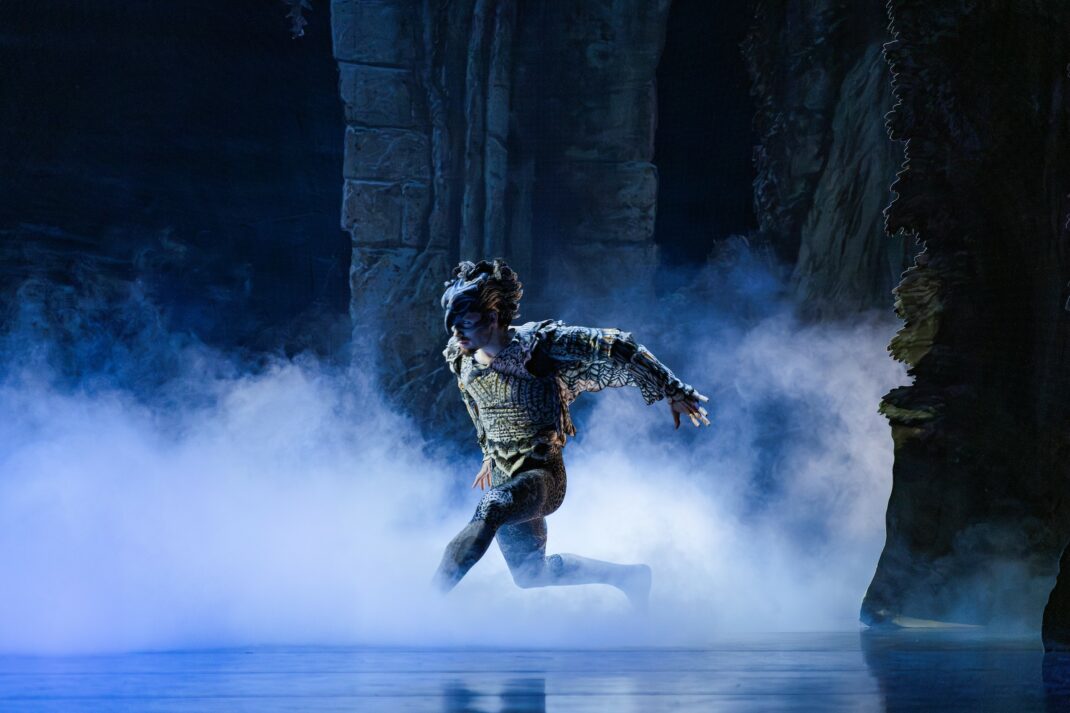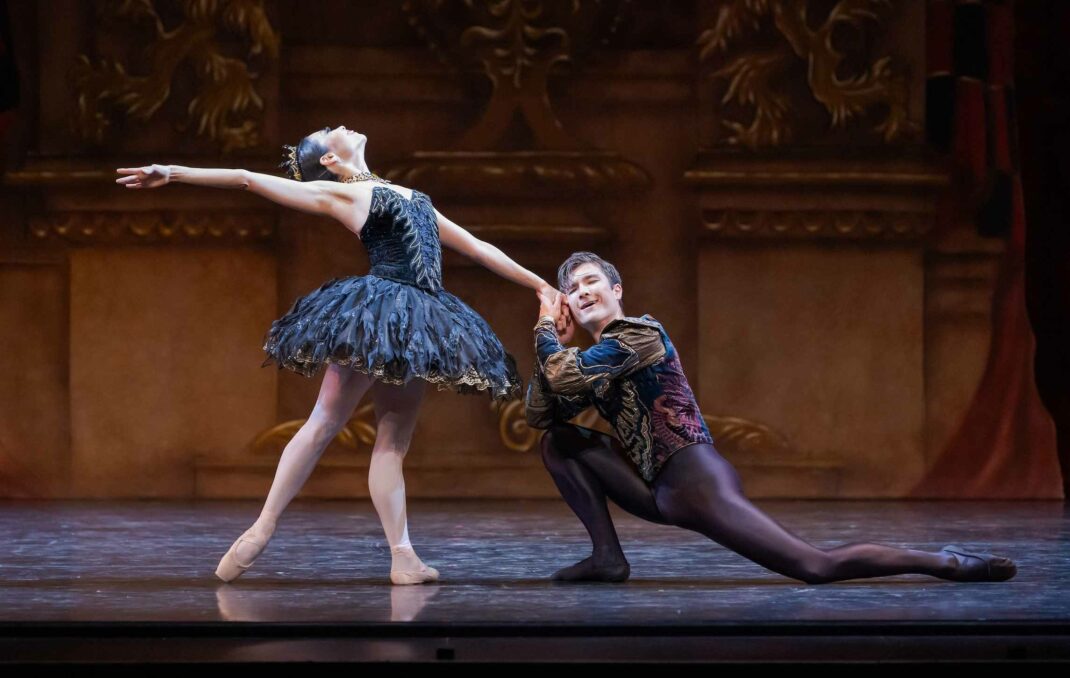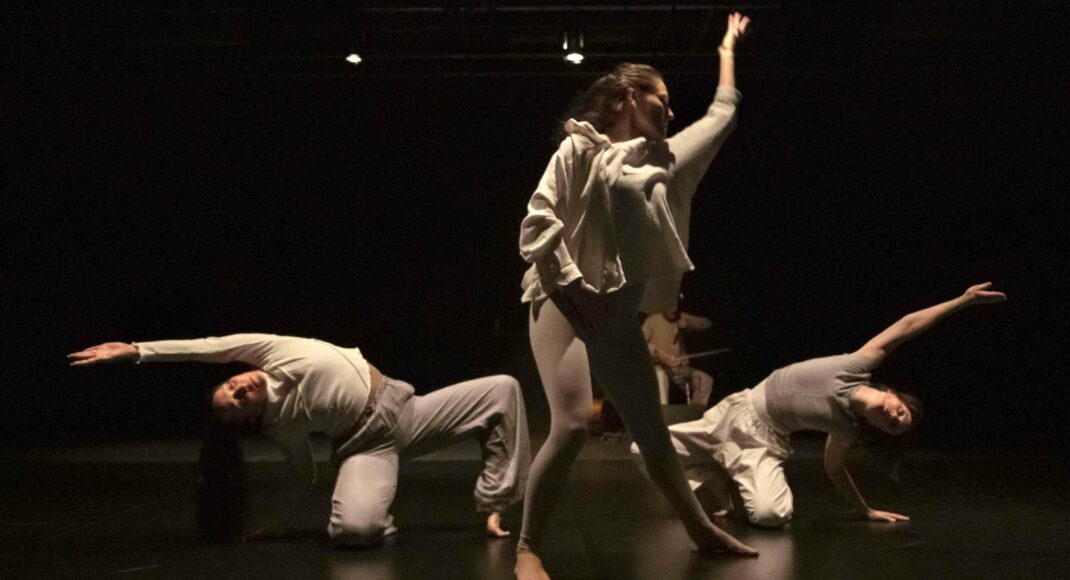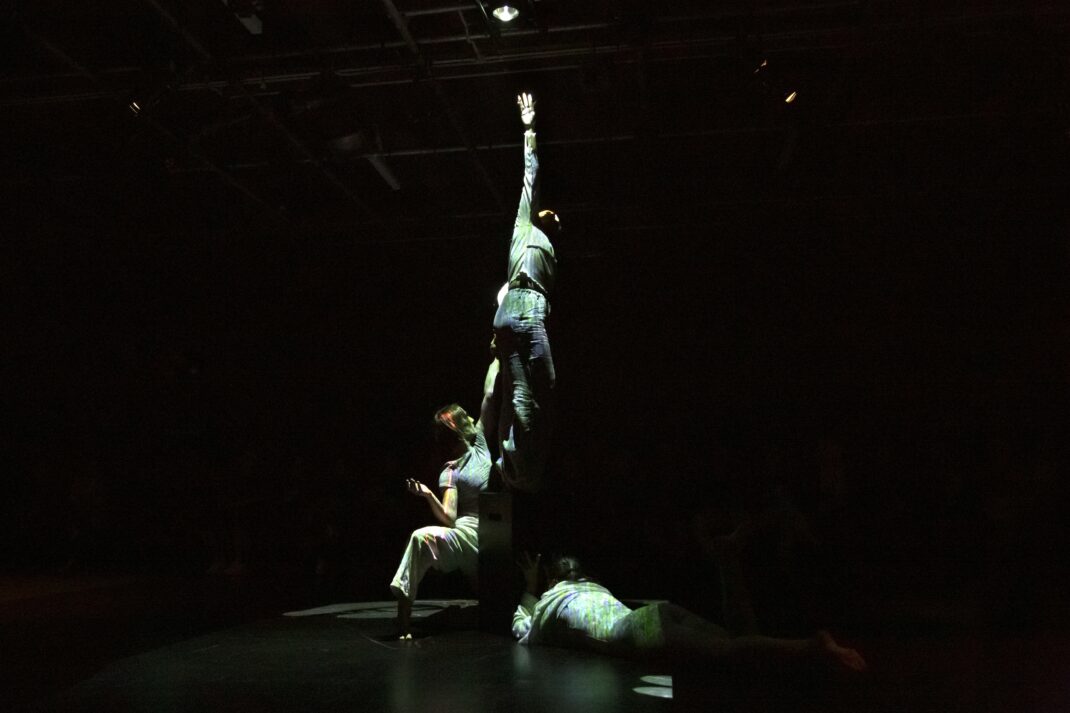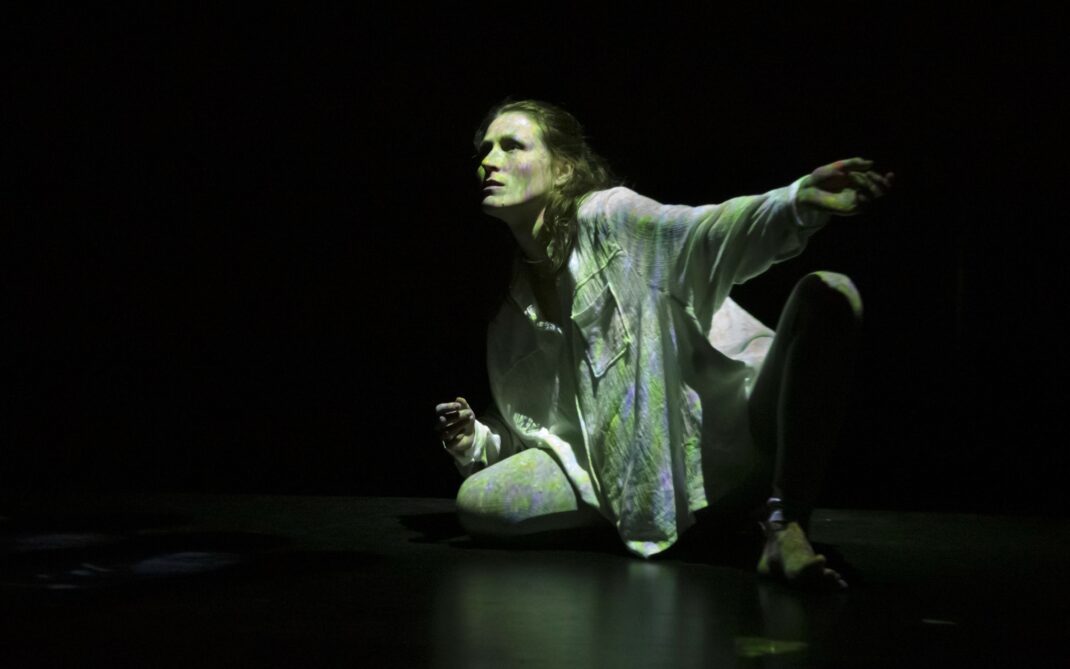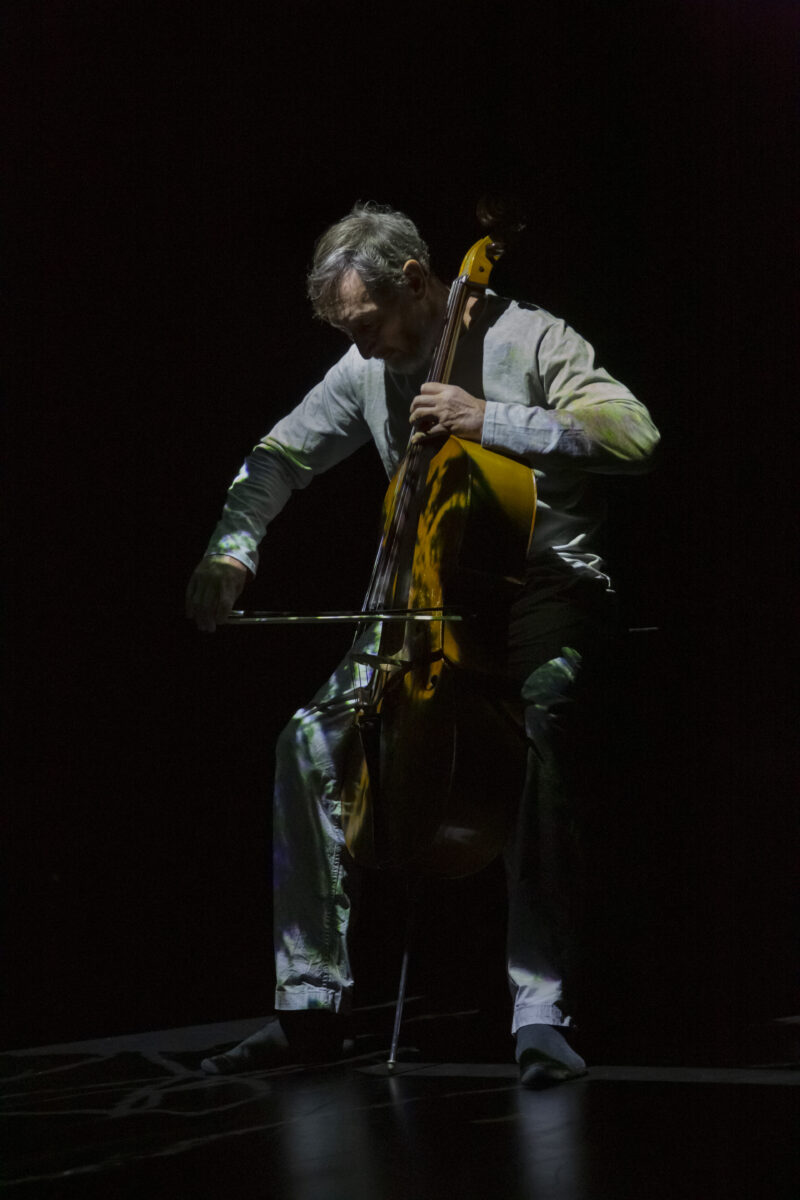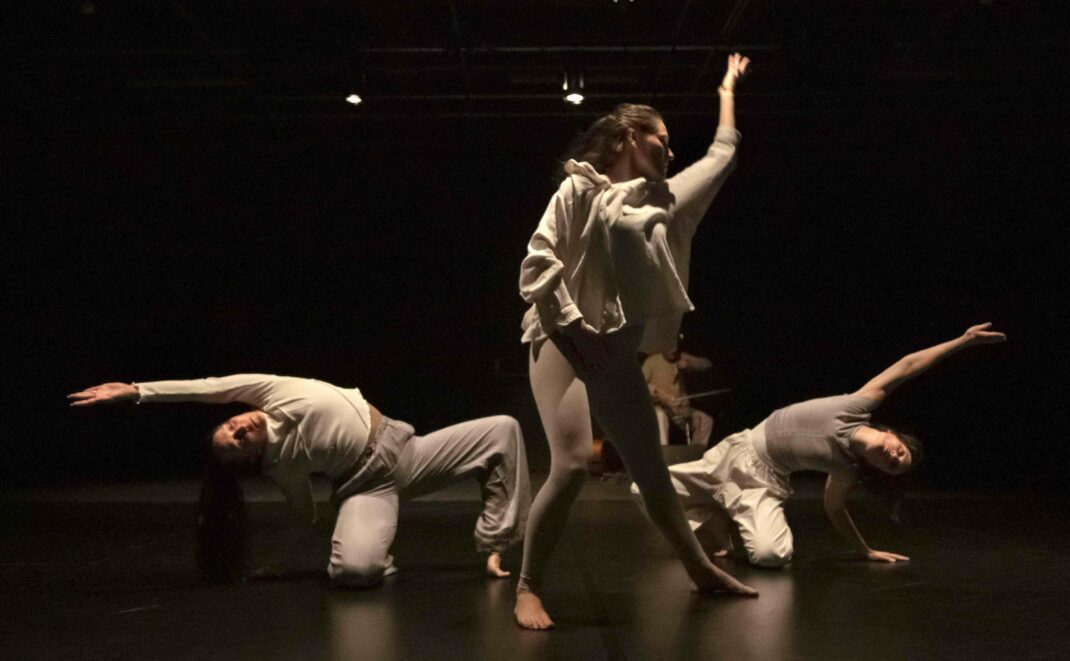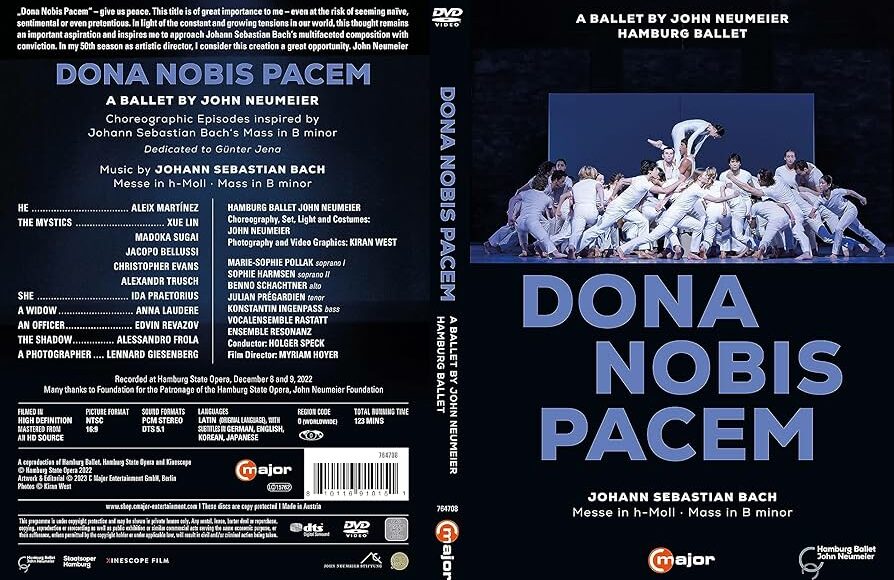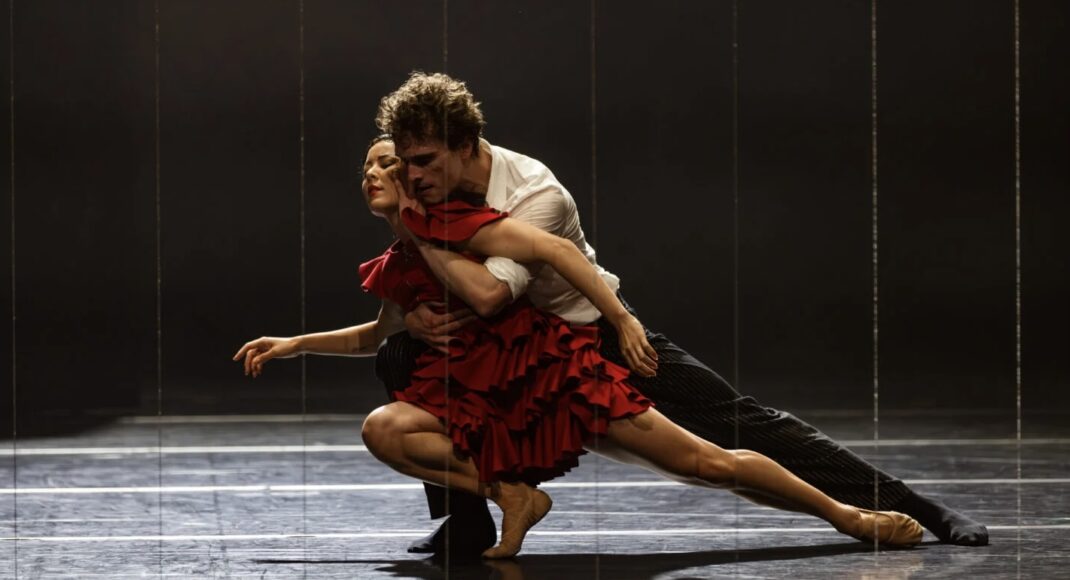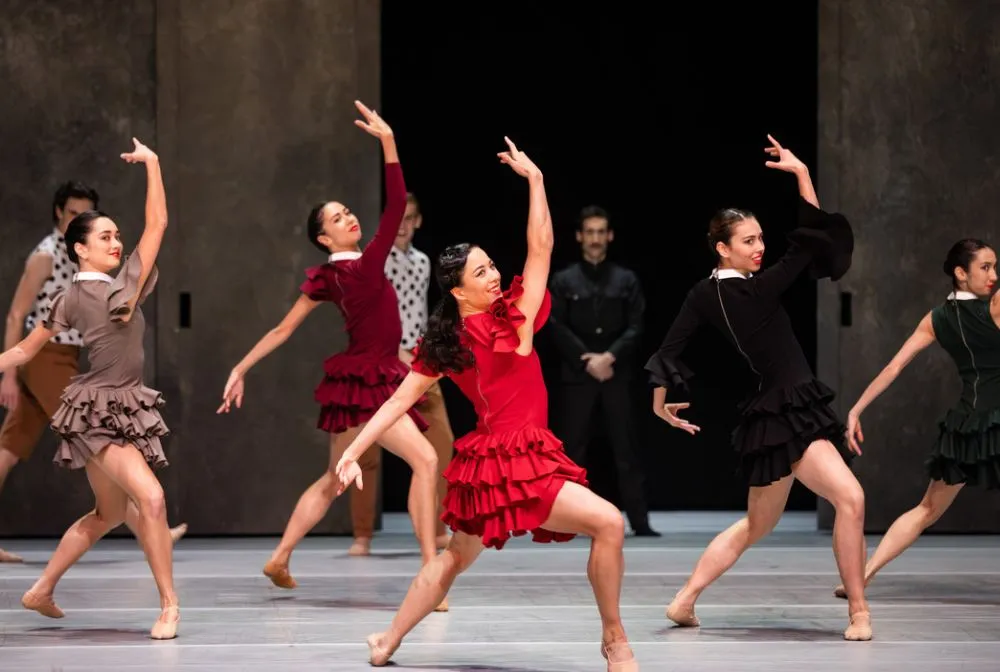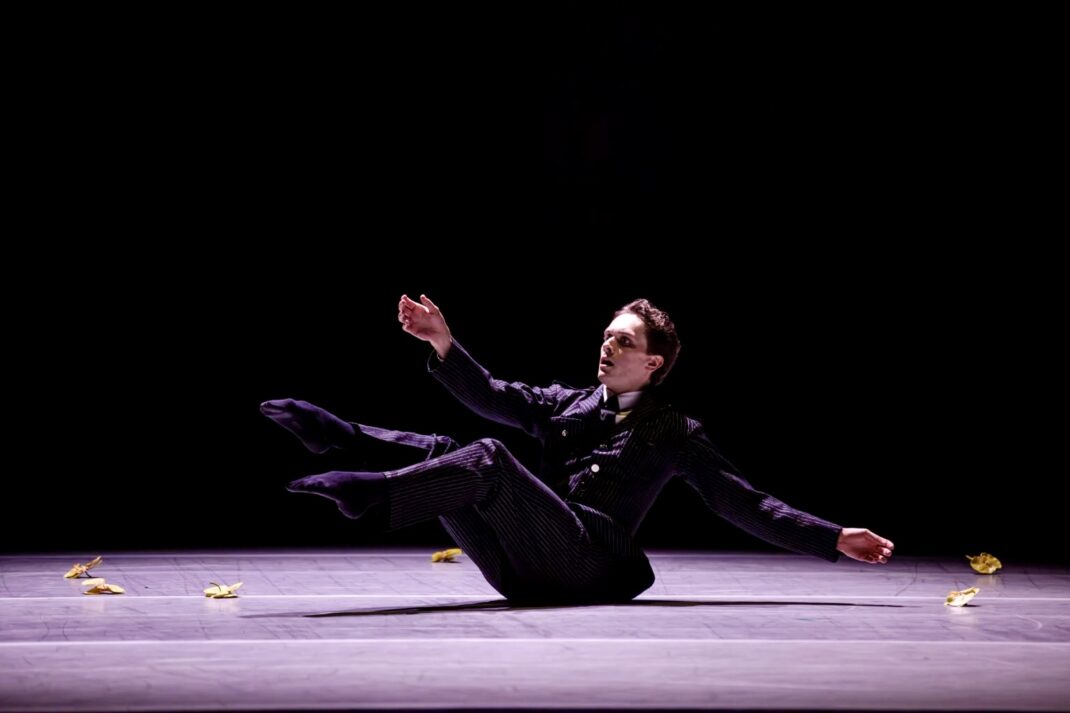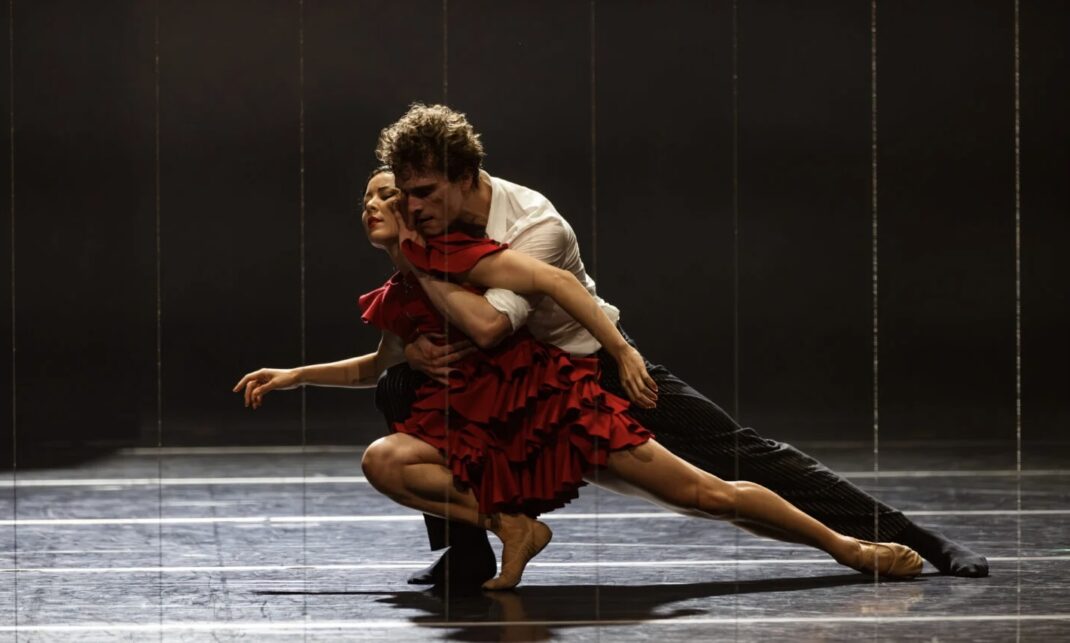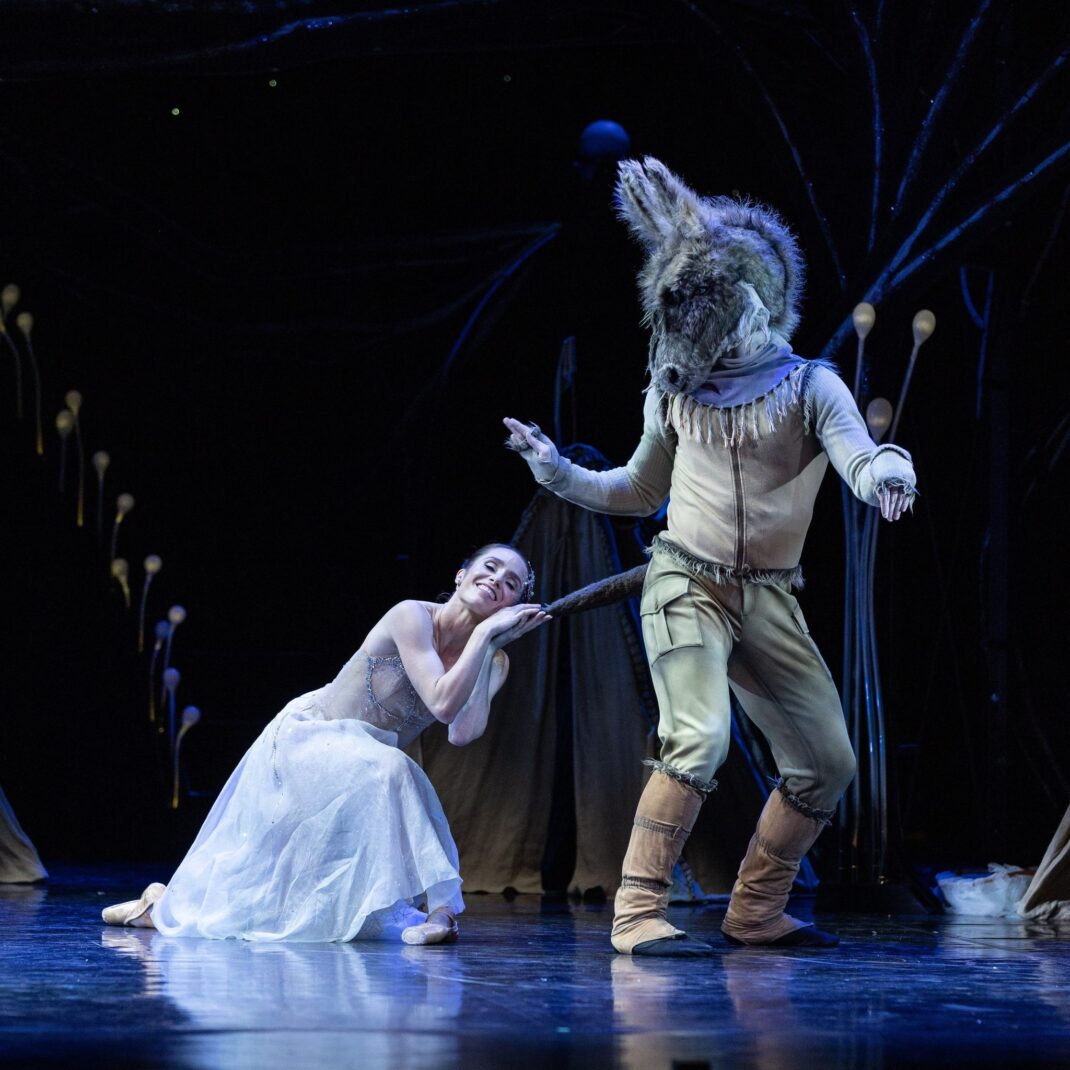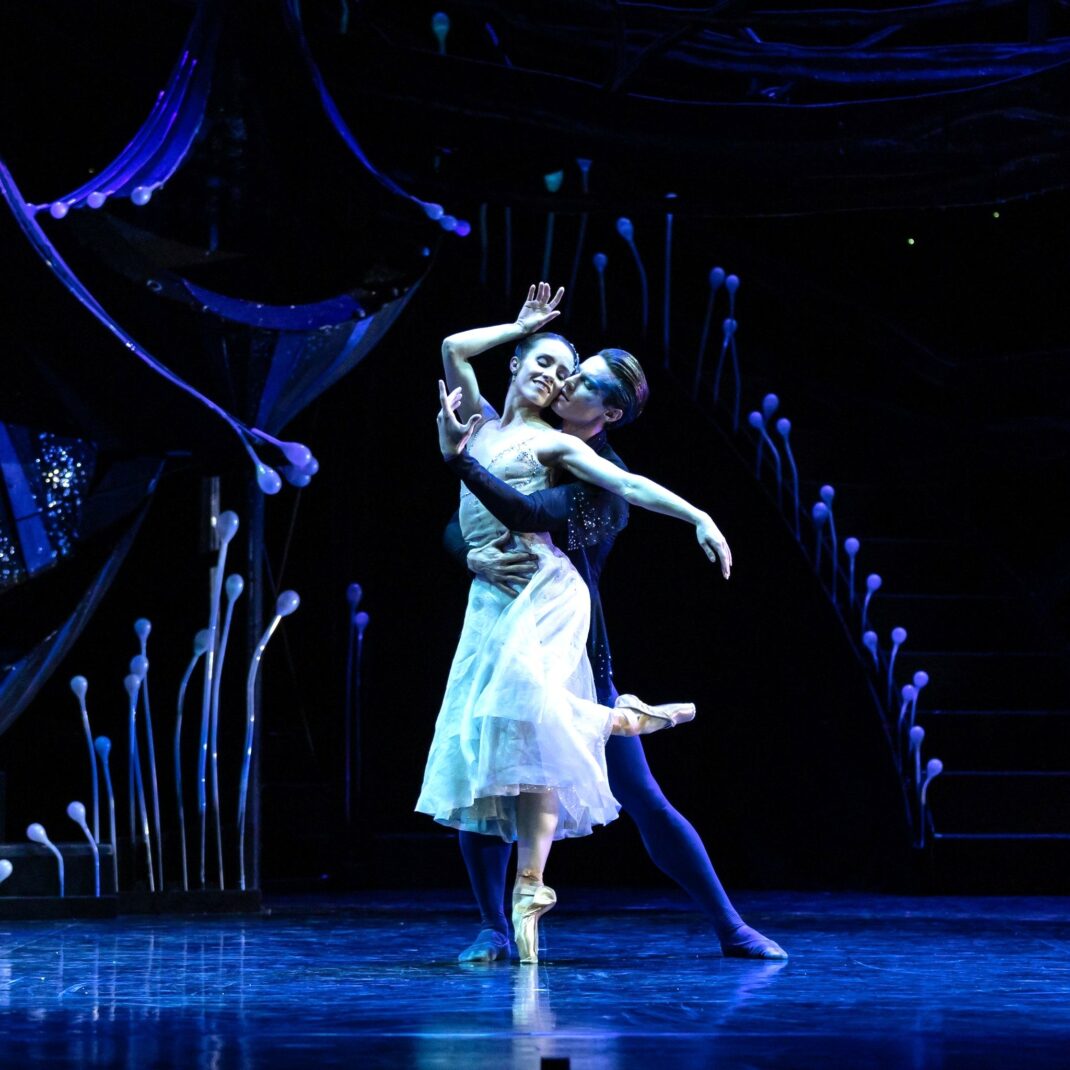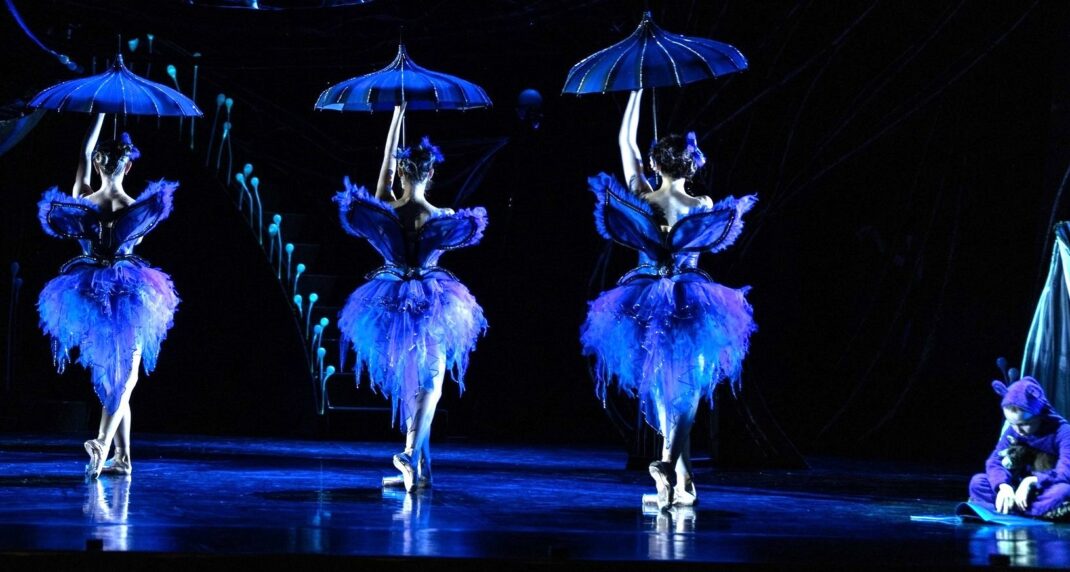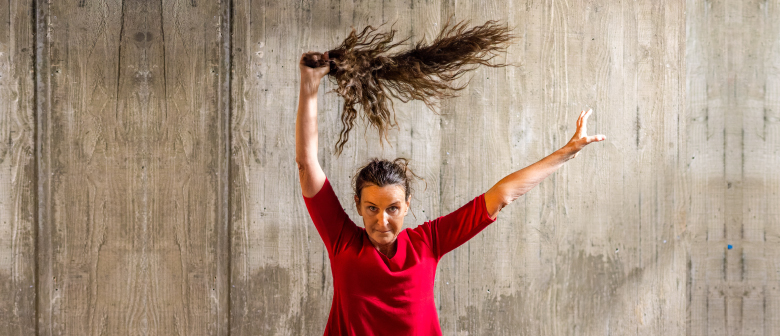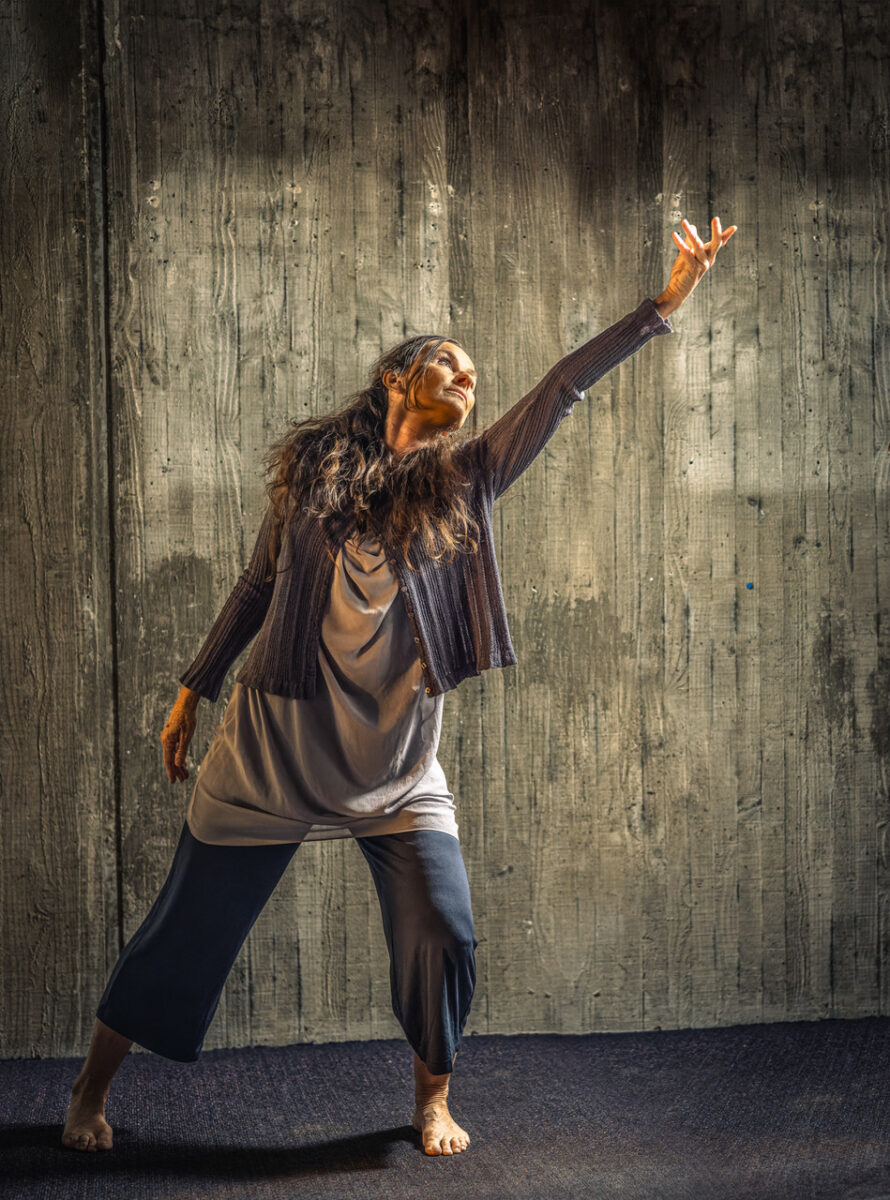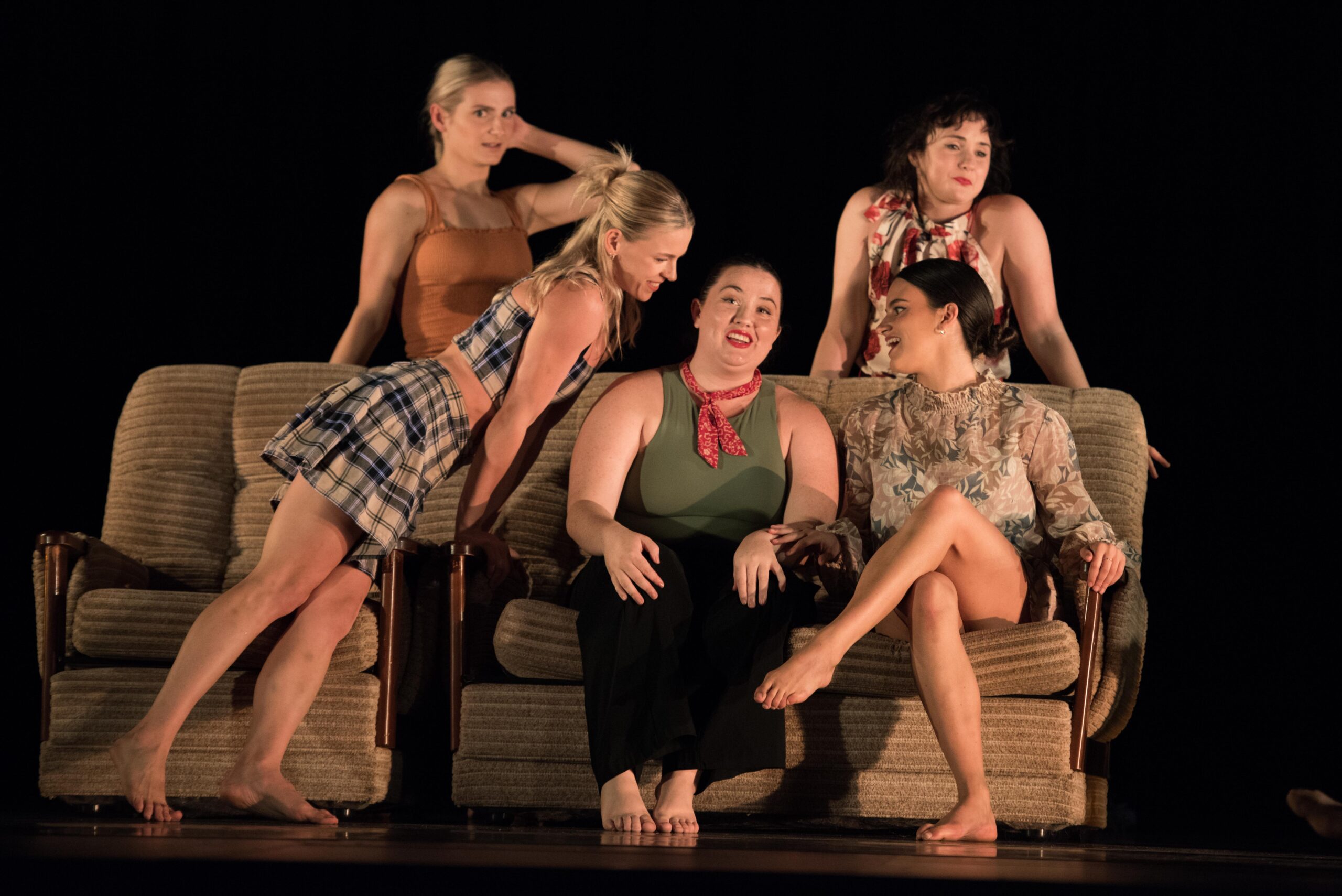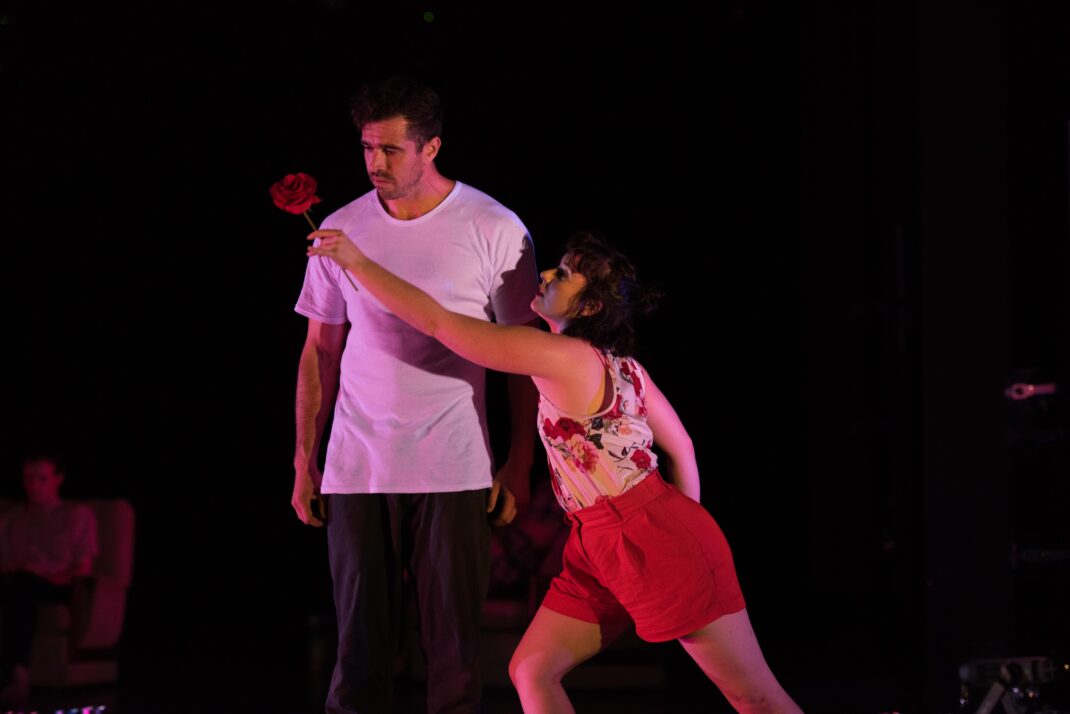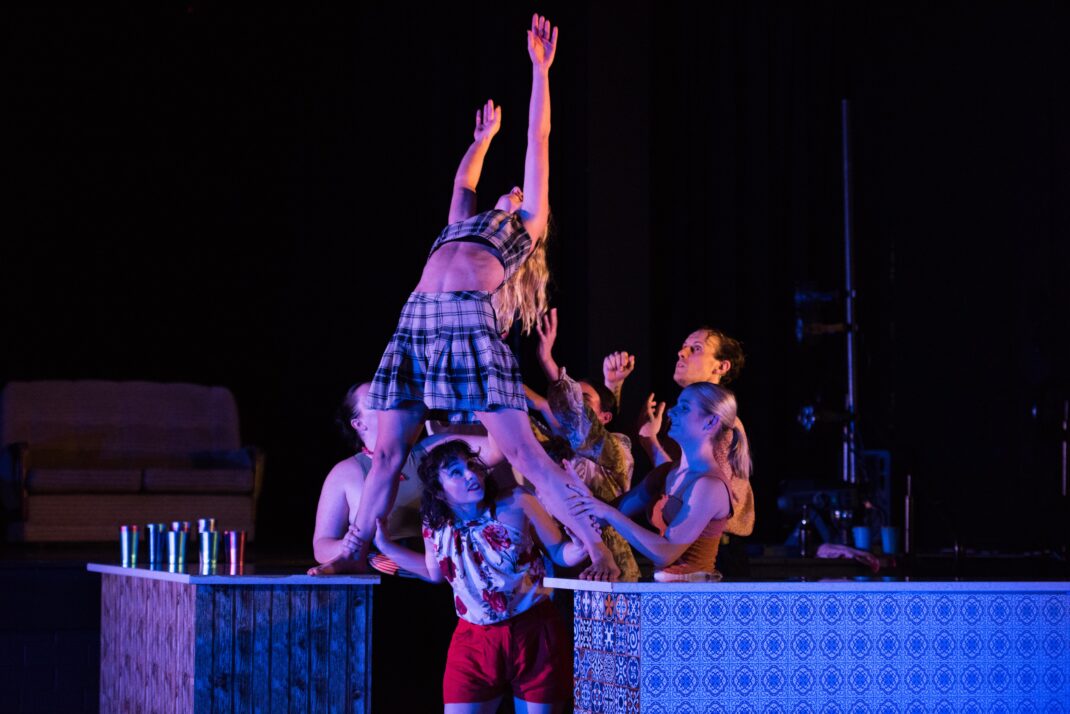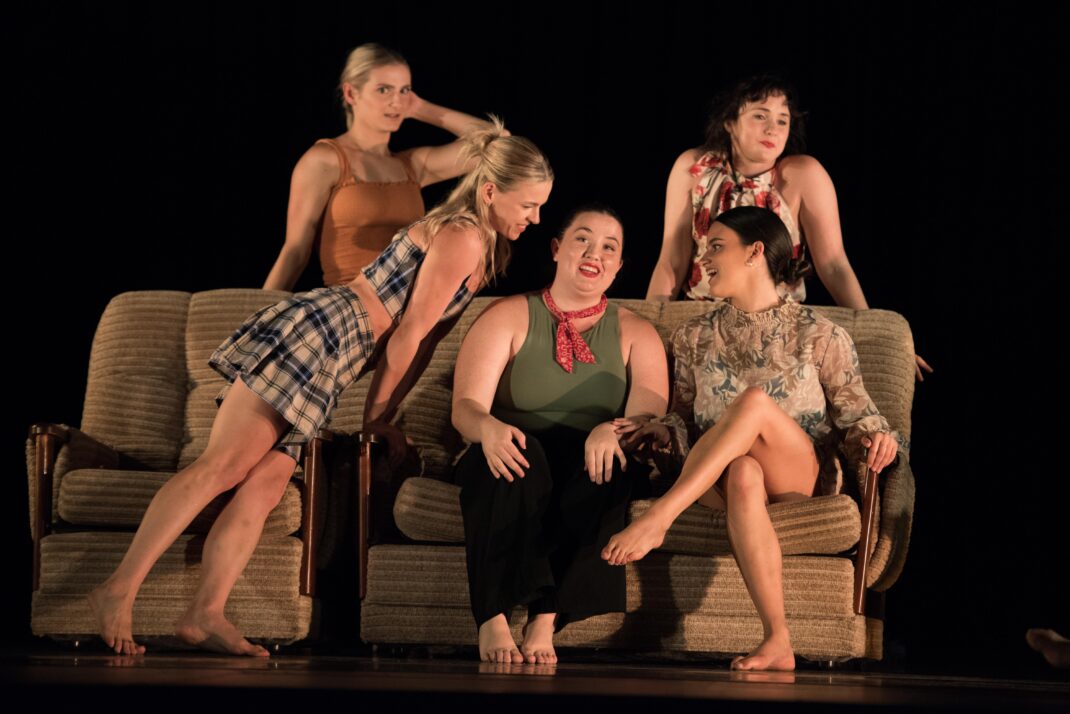12 May 2024. Joan Sutherland Theatre, Sydney Opéra House
The Australian Ballet School’s 60th Anniversary Showcase began with a spectacular work, Grand Défilé, choreographed by Paul Knobloch to excerpts from Alexander Glazunov’s Scènes de ballet Opus 52. I was expecting an interesting display of dancers at various stages of their training moving on and off stage, culminating in a presentation of the senior, graduating students, similar to what we have become used to seeing from schools (and companies) across the world. But I was not prepared for the absolutely spectacular staging that came from the Australian Ballet School. Knobloch’s choreography was thrilling to watch—fast moving with a great use of space (even on the much maligned stage of the Sydney Opera House), and filled with movingly beautiful patterns and groupings of dancers. Besides that, the dancers did themselves and their teachers proud as they carried out the choreography with great skill and a passion that coursed, from beginning to end, through every inch of their bodies. The media image gives no idea of what the real life event was like. What an opening!
Grand Défilé was followed by the grand pas de deux from Le Corsaire performed by guest artists (and Australian Ballet School alumni) Ako Kondo and Chengwu Guo. Both Kondo and Guo performed pretty much faultlessly in a technical sense, with Guo carrying out his incredible jumps, turns and manèges and Kondo displaying her beautiful balance and fluid limbs and upper body. But they had a hard act to follow and somehow their performance lacked the strong characterisation that they usually display.
Then followed Camino Flamenco choreographed by Areti Boyaci, teacher of the Spanish dance program at the Australian Ballet School. It was danced by Level 8 dancers from the School to a score by flamenco guitarist Werner Neumann playing live onstage. They were joined at one point by guest artists (and alumni) Hugo Dumapit, Nathan Brook and Jake Mangakahia. Boyaci herself also made a brief appearance. The costumes, including the gorgeous scarves manipulated by the women, were an exceptional addition to this work but I would have loved a little more theatricality to have been visible in the dancing.
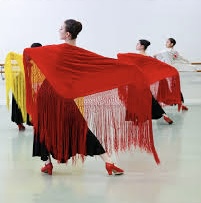
Closing the first half of the evening’s program was Paul Knobloch’s Degas Dances in which a young boy (Ruito Takabatake) finds inspiration in a Degas sculpture that comes to life. The work also includes roles for a cross section of students, including a bevy of children who are not always behaving as expected and whom an art teacher (India Shackel) tries to keep under control. It is astonishing too to see the stillness that the dancer (Lilly Keith), who plays the Degas sculpture, is able to maintain as she stands on her pedestal until she is brought to life. But the work is crowded with action and people and I would love to see it stripped back a little.
After interval, the program featured Four Seasons, a work commissioned by Lisa Pavane, outgoing director of the Australian Ballet School, in honour of the School’s 60 years of existence, and in celebration of its future. It was danced to Vivaldi’s Four Seasons and each section was choreographed by a graduate of the School, with each having trained under one of the four (to date) directors. Spring was choreographed by Kevin Jackson, who trained under Gailene Stock; Summer by Lucas Jervies, who trained under Marilyn Rowe; Autumn by Serena Graham, who trained under Lisa Pavane; and Winter by Graeme Murphy, who trained under Dame Margaret Scott.
I especially enjoyed Autumn and Winter. Serena Graham’s choreography for Autumn reminded me at times of Balanchine and the way he connected people in a work. Graham had her dancers linking hands with others and then changing a pairing by unlinking and linking up with someone else. She used space carefully and thoughtfully and her groupings of dancers were sometimes unusually positioned in the space.
But it was Winter that attracted my attention most strongly. It closed the program with an excitement that had characterised the opening, if in a quite different way. Here was Graeme Murphy making us wonder what would happen next. Seven dancers, clad in white and silver unitards, were often wrapped (or hidden) in white cloaks, which looked a bit like doonas. Were they spirits of coldness, or people keeping themselves warm? And who was that eighth figure, mysteriously cloaked and hooded in white? There were surprise moments, such as when one of the dancers became a skater in red boots, and it was then that the ‘doonas’ were discarded and the dancing warmed up. It was recognisably Murphy creating the choreography. His propensity to line bodies up in curving, undulating lines was there, as were his lifts that continued on as bodies were carried around the stage. But most of all it was the narrative of cold that we (or I) could imagine that characterised this Winter. Then at the last minute the mysterious, hooded figure revealed himself. It was esteemed ‘older artist’ Simon Dow who linked the Winter work to the ‘older’ period of the School. Many other thoughts emerged while watching Winter and that’s what I have always loved about Murphy’s work. It always opens our imagination.
There was some beautiful lighting at various stages during the evening especially from Damien Cooper throughout Four Seasons. There was also a large crowd of supporters who cheered, clapped and stamped their feet unreservedly. And rightly so. The evening was a triumph.
Michelle Potter, 13 May 2024
Featured image: Media image for Grand Défilé
